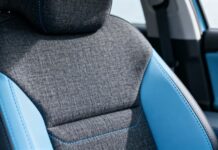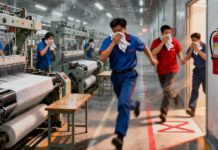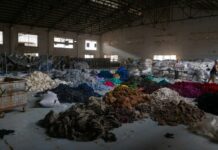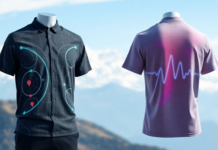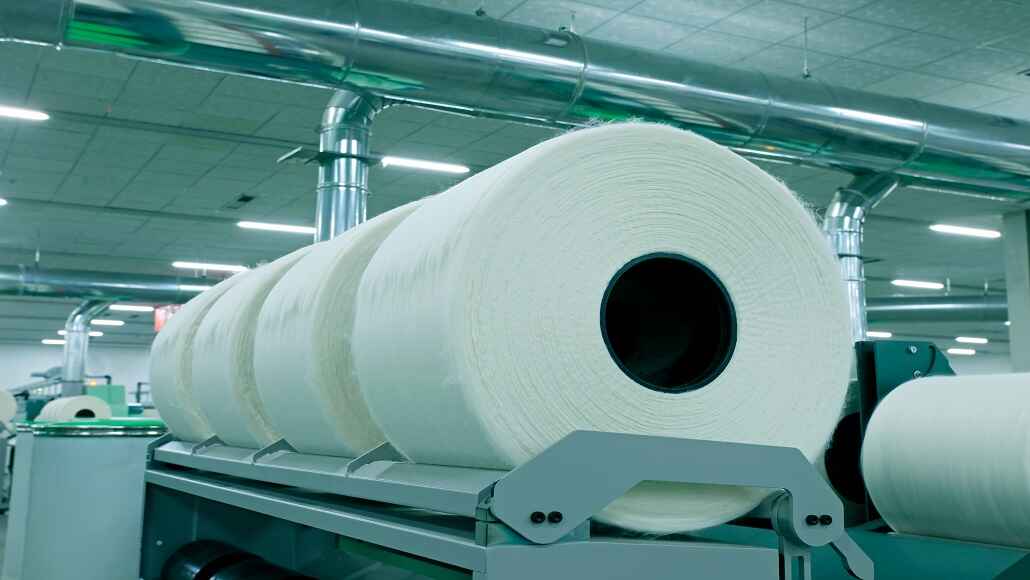As the global demand for personal protective equipment (PPE) continues to grow, Karl Mayer’s Technical Textiles division has made significant progress in developing ultra-lightweight multiaxial non-crimp fabrics. These fabrics, designed specifically for bulletproof vests, offer drastic improvements in comfort, durability, and efficiency.
Dr. Jürgen Tröltzsch, special specification project manager at Karl Mayer, noted the increasing interest across Europe for advanced protective textile solutions. While traditional aramid fibers have long been the go-to material for ballistic protection due to their high strength, their application often results in bulky, heavy layers. Depending on the required protection level, up to 70 layers of aramid material may be needed, leading to issues with comfort and usability.
To address these challenges, Karl Mayer has shifted its focus to ultra-high molecular weight polyethylene (UHMWPE) fibers. These fibers provide comparable ballistic protection to aramids but at significantly reduced weight. With tensile strengths surpassing 3.5 GPa, UHMWPE allows for thinner, lighter designs while maintaining optimal safety standards.
Advancements in Cross-Ply Structures
Karl Mayer has developed a cutting-edge method to produce single-layer tapes from UHMWPE fibers using its UD 700 fiber spreading machine. These tapes are then transformed into cross-ply structures using the COP MAX 5 multiaxial warp knitting machine. The result is exceptionally thin layers, with thicknesses of just 40-50 µm and weights below 30 gsm—less than one-third the weight of conventional aramid-based layers.
To ensure the strength and structure of these ultra-light layers, Karl Mayer incorporates a wafer-thin polymer film, only 10 µm thick, during the tape production process. This innovative addition eliminates potential weak spots, known as “lanes,” that could compromise performance. The fiber and film are bonded through a heat-based process that avoids the use of liquid chemicals or water-based treatments, making production cleaner, more energy-efficient, and environmentally friendly.
Automated Stacking for Efficiency
The advanced multilayer tapes are stacked automatically in alternating orientations of 0° and 90°, creating cross-ply constructions up to six layers thick. While manual stacking is still widely used in the industry, Karl Mayer’s automated system offers a more advanced and reliable solution for protective textile production. This automation has garnered interest from industry visitors seeking cutting-edge methods for enhancing production efficiency.
Independent testing conducted by the Mellrichstadt State Procurement Office has validated the performance of these UHMWPE cross-plies. Under the rigorous requirements of NIJ Standard 0101.06, the materials successfully passed both perforation and backface signature tests, even at a total weight of just 6,000 gsm.
Game-Changing Benefits
Karl Mayer’s technological innovations bring numerous advantages to the table. These include improved yarn alignment, compatibility with higher yarn counts, reduced material and labor costs, and a simpler creel setup. The heat-based fiber and film bonding process eliminates the need for resins or water evaporation, further streamlining manufacturing operations.
As global security needs continue to rise, Karl Mayer’s forward-thinking developments highlight how textile engineering can drive safer, lighter, and more efficient protective solutions. By addressing the limitations of traditional materials such as aramid, Karl Mayer is paving the way for revolutionary advances in protective textiles. These innovations stand as a testament to the company’s commitment to pushing the boundaries of textile technology.









